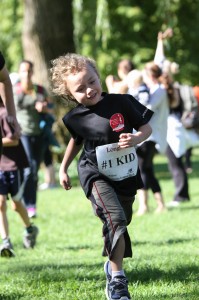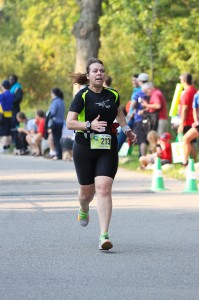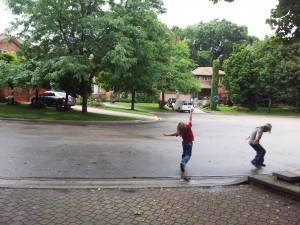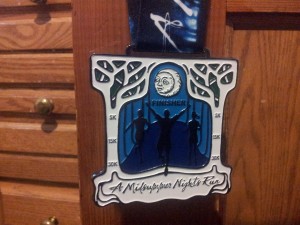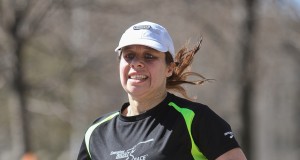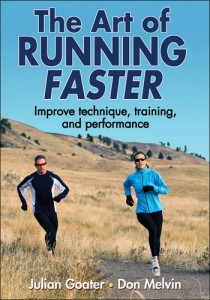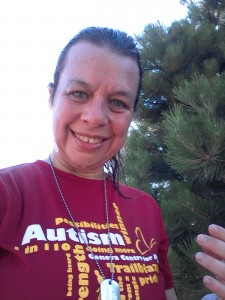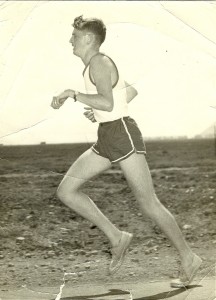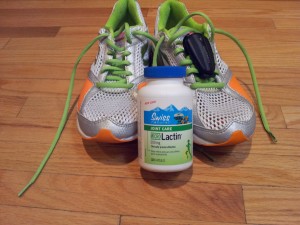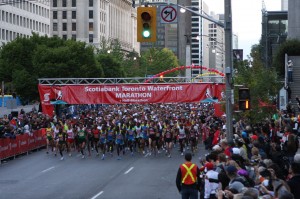They said the weather would be cool. They, of course, being the weather forecasters. They said it would be slightly overcast with mild temperatures and a light breeze. Perfect weather, in other words, for a 10K run around Toronto’s Centre Island.
It certainly felt cool enough during the ferry ride over. When I took off my jacket to give to my six-year-old son James, whose sweater I had forgotten in the car, my arms were goosepimpling in the crisp cold air.
James was beside himself with excitement. He had been looking forward to this day for weeks. It was his first-ever ride on a ferry, and he was about to run his second race. I lined up beside him: he had asked me to run with him, and a 1K kids’ race would double as a handy warm-up for me. A short distance with a bunch of six-year-olds – how hard could it be?
It turns out, very. Try running with a tribe of children who have just spent time cooped up on a ferry – you’ll see what I mean. They took off like bats out of hell, and I – half-marathoner who has been collecting PB’s like crazy this season – had trouble keeping up with my six-year-old son. The run was not officially timed, and the kids scampered off from the start line before I had time to set my watch, so I don’t know how fast James’ kilometre was. It was quick though – definitely quicker than the seven minutes he clocked up at his last race, which was impressive enough.
Then it was time for the start of my own race. I didn’t really have a time goal in mind – I rarely make PB’s on courses that I am not familiar with – but I wanted to just run and enjoy it. I knew the course would be flat so I figured that I would just let loose when I felt good enough and slow down when I felt tired.
It turned out to be a very hard run. This can be partly attributed to the weather – the cool day predicted by the weatherman turned out to be surprisingly warm, and I started out too fast. I was also recovering from a pulled hamstring, so I was not in the best physical condition.
Oh, and I also broke a basic rule of running: don’t try anything new on race day. I was using a brand new water bottle belt, and that turned out to be a bad idea. By the halfway point, my back was aching from the unaccustomed weight distribution. I was immensely relieved when I crossed the finish line in a time of 1:05:01. Not my best 10K performance, but not my worst either.
The course itself was nice, and I was quite impressed with how the race organizers managed to get a very decent 10K route out of a little island.
I will be back next year to improve on my time. James has said that he wants to do it again as well, and who knows – maybe my older son will even want to take part.
There are few things that beat a day with the family on an island on a sunny day, with a nice run thrown in.





